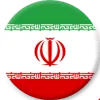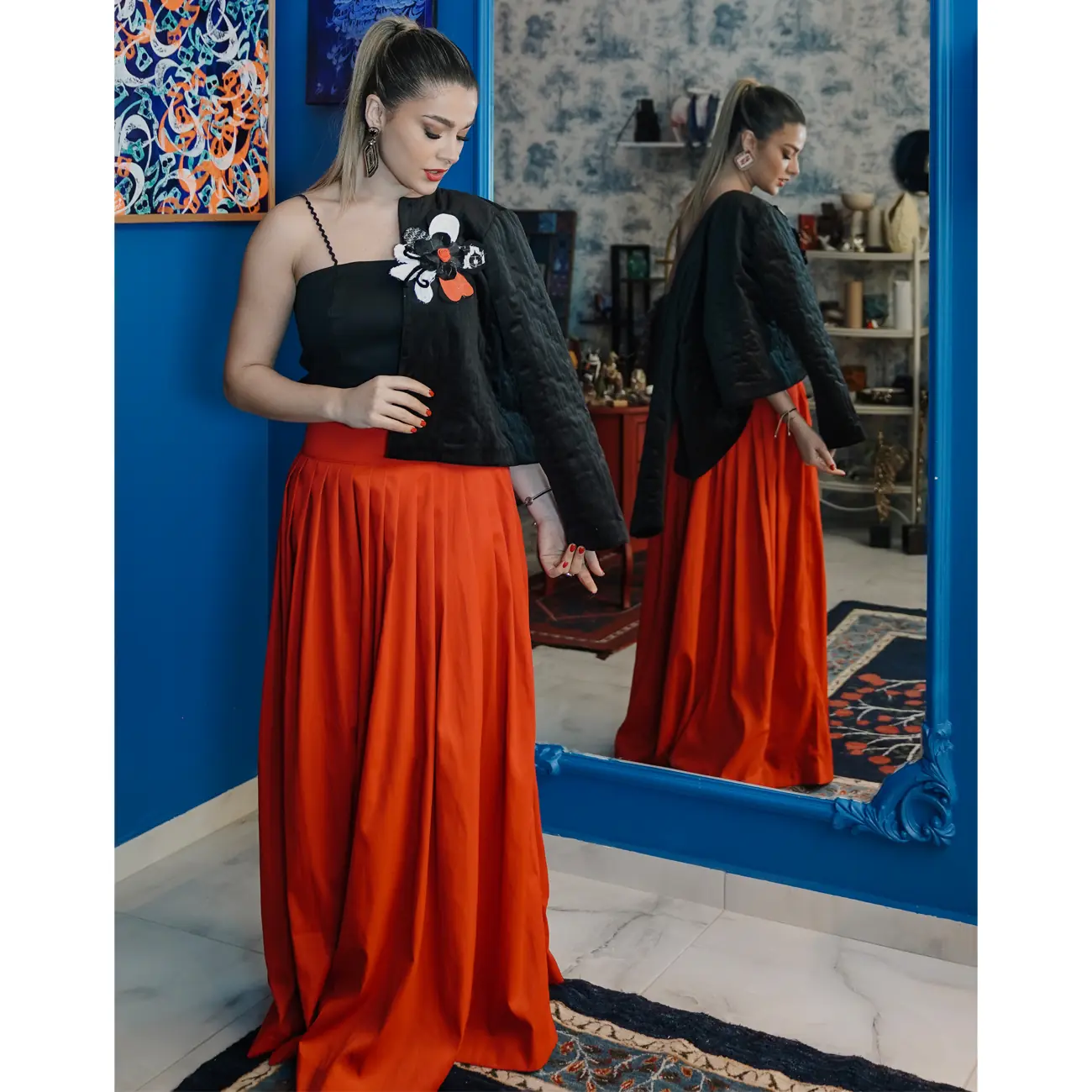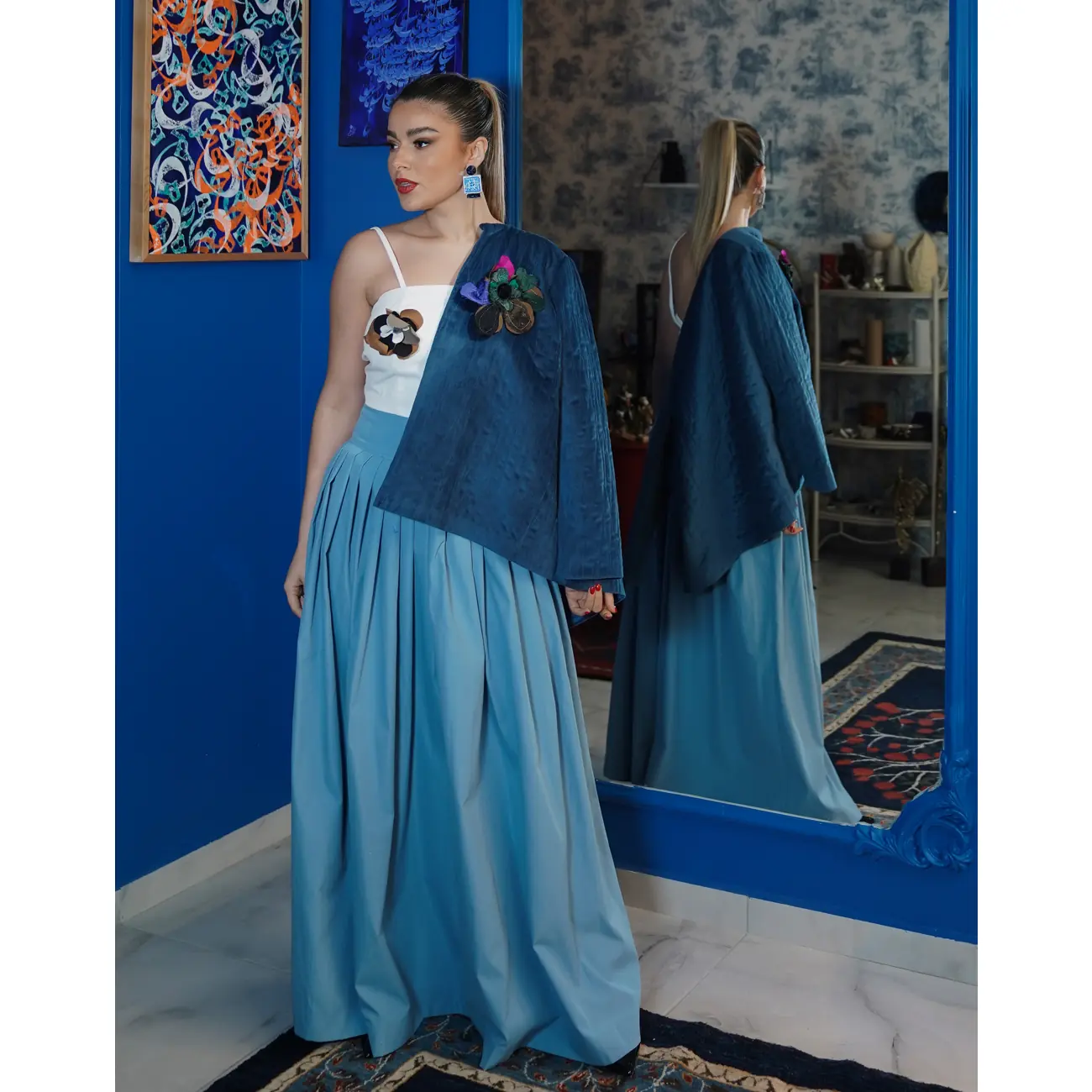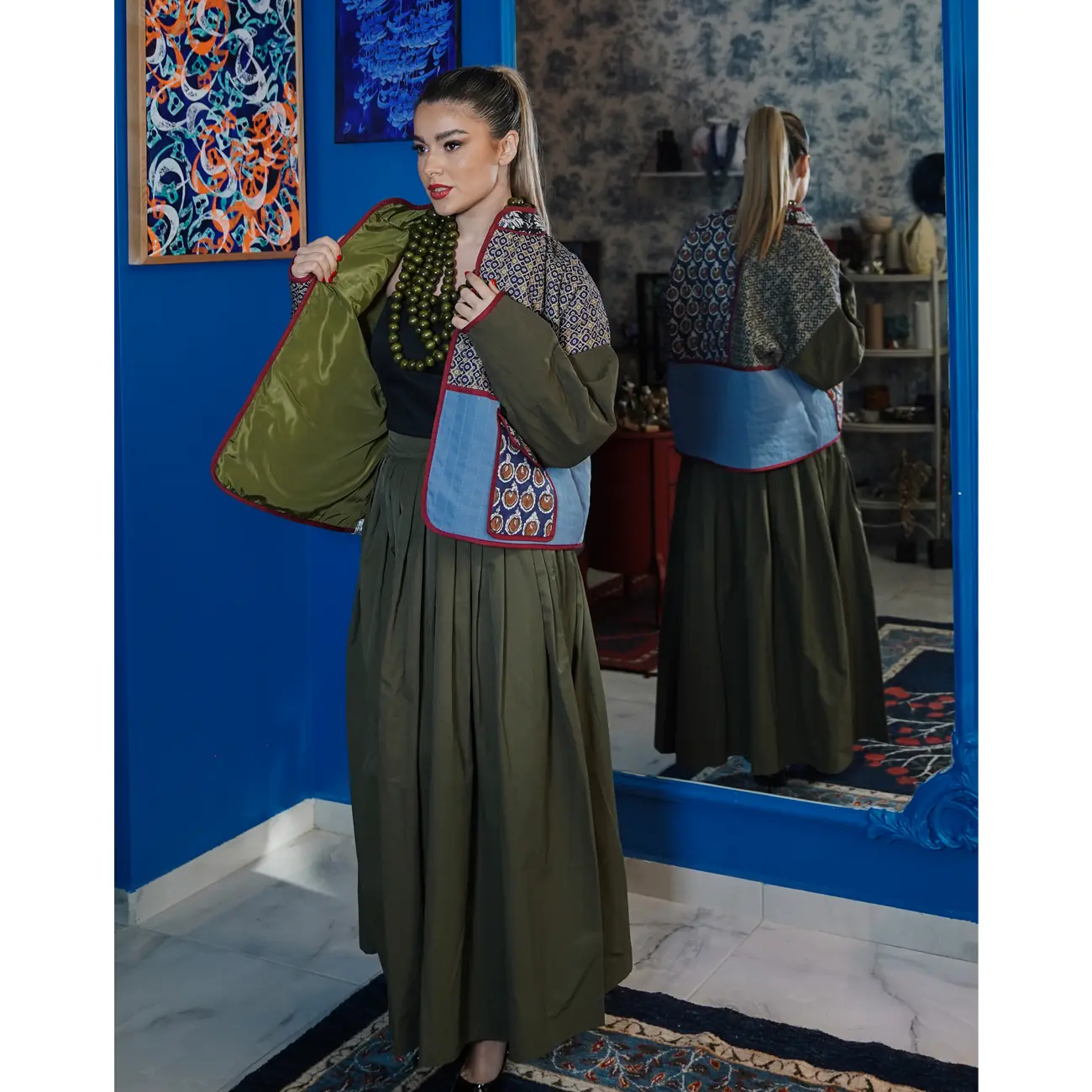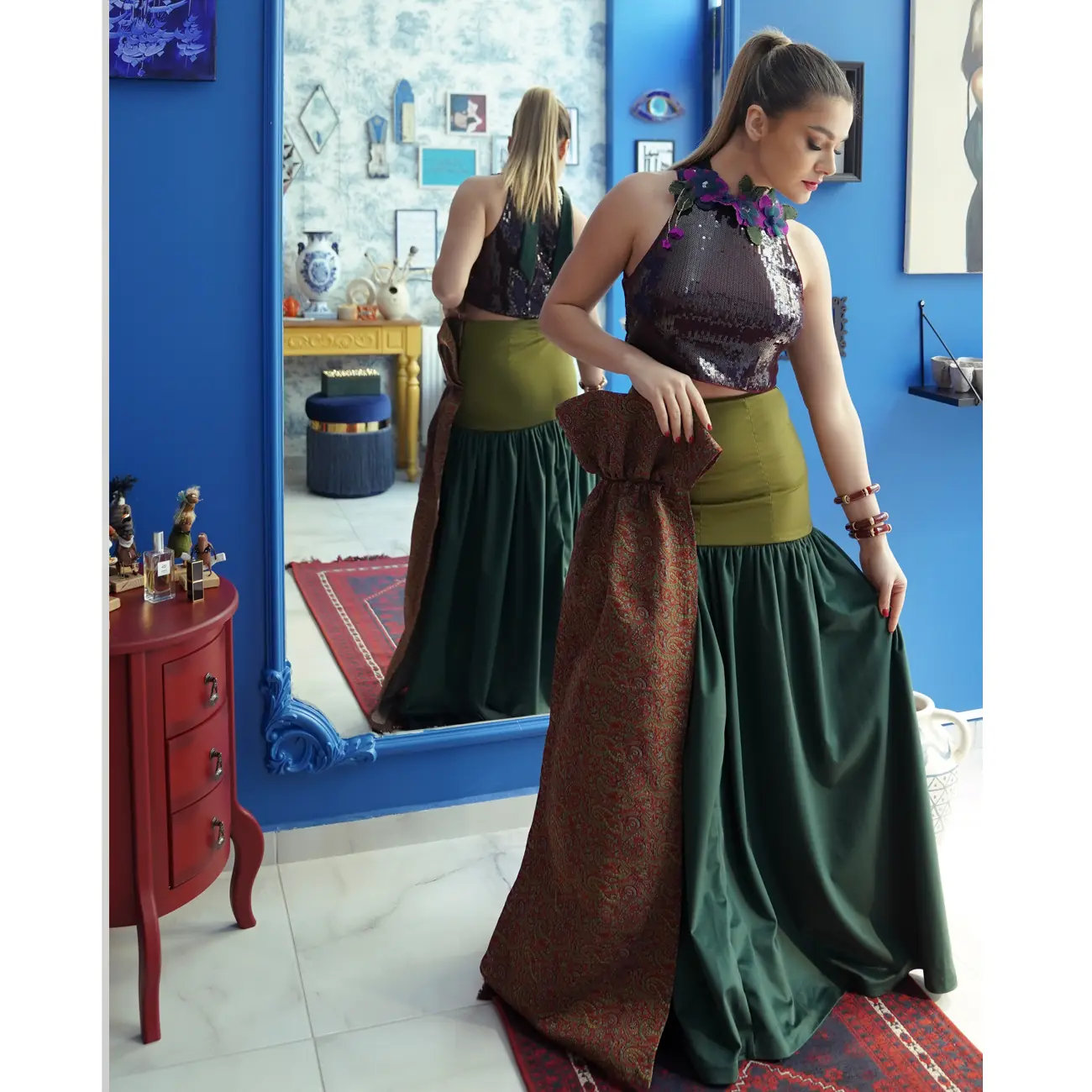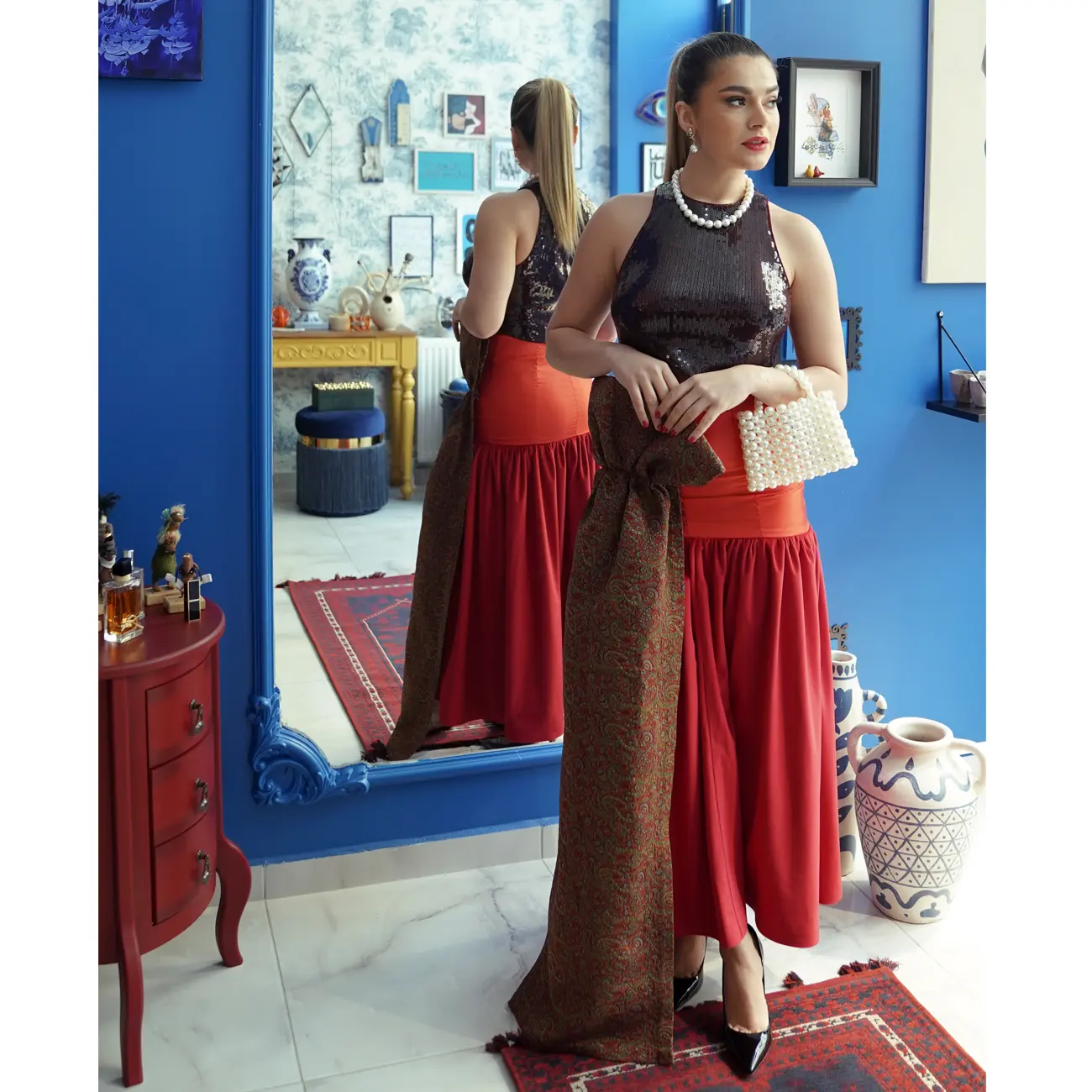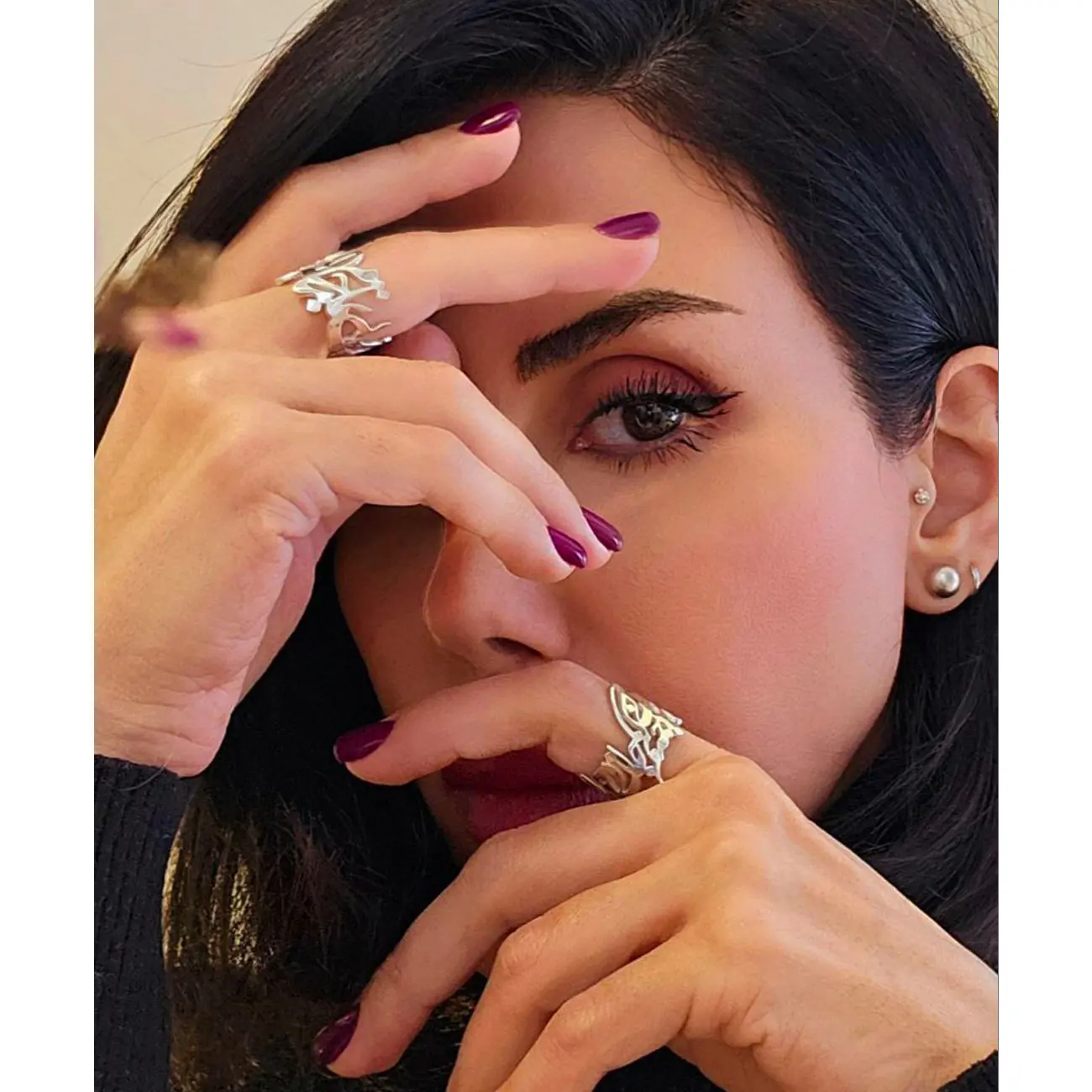.webp)
The Array of Decorative Plates
The image you're observing is a vivid and intricate example of mixed-media art, most likely designed for a decorative wall installation or a similar artistic display. This captivating piece combines various elements—predominantly decorative plates, along with floral motifs and textured surfaces—that each contribute to an overall rich visual experience. As we delve deeper into the details, it’s important to appreciate the careful craftsmanship and the thought-provoking arrangement that together create an engaging and aesthetically pleasing tableau.
The Array of Decorative Plates
At the heart of this artistic composition are numerous decorative plates, ranging in size, pattern, and color. Each plate is carefully selected to contribute a unique element to the overall arrangement while maintaining cohesion in design. The plates predominantly feature traditional motifs, including floral patterns, geometric shapes, and intricate abstract designs.
- **Color Palette:**
The color palette of these plates ranges from classic blue-and-white designs to those featuring bold reds and accented gold or metallic touches. This contrast helps in creating a dynamic and visually stimulating pattern that draws the viewer’s attention.
- **Pattern Variety:**
Some plates showcase delicate floral patterns that could be reminiscent of historical porcelain designs, such as those seen in traditional Chinese ceramics or European delftware. The floral motifs might include roses, peonies, or chrysanthemums, each symbolizing different historical and cultural meanings. Other plates carry geometric and abstract designs with repetitive motifs, contributing to a sense of rhythm and movement throughout the composition.
- **Textures and Materials:**
The plates seem to be made of different materials, including ceramics and possibly porcelain, indicated by the glossy and smooth surface finishes. This variation in material creates a play of light across the surface, enhancing the visual depth and interest. The light captures each plate differently, emphasizing their unique textures and adding to the three-dimensional quality of the installation.
### Floral and Botanical Elements
Interspersed between the plates are elements resembling large, textured leaves or petals. These botanical features appear to be crafted to mimic the appearance of natural foliage, providing a stark but harmonious contrast to the structured design of the plates.
- **Design and Texture:**
The leaves or petals are not uniform and instead display a variety of textures akin to those found in nature. They have been carefully crafted to evoke the rugged and organic appearance of real plant leaves. Their veined textures and the way they cluster together add an authenticity to the piece, making it more relatable and earth-connected.
- **Color and Material:**
The leaves are primarily in shades of green with some metallic or iridescent touches. This suggests that the artist might have employed materials such as metal, painted resin, or treated natural fibers to achieve such an effect. The sheen and depth created by these materials contribute to the overall allure of the work, as light interacts with these surfaces to create an almost living, breathing appearance.
### Metallic and Ceramic Accents
In addition to the plates and floral motifs, the artwork also incorporates metallic and ceramic accents. These elements add another layer of texture and depth, enriching the visual language of the piece.
- **Metallic Highlights:**
There are circular metallic accents, perhaps crafted from brass or copper, with intricate engravings or embossed patterns. These metallic touches serve not only as decorative elements but also as focal points, drawing the viewer’s eye across the piece. They help to balance the cooler colors with their warm tones and add a reflective quality, catching the light and bringing a sense of luxury and sophistication.
- **Ceramic Details:**
Smaller ceramic elements punctuate the artwork, adding points of interest that encourage viewers to explore the finer details of the installation. These could be small spherical forms or abstract shapes that fill the space between the larger components, contributing to the cohesiveness of the overall design.
### Arrangement and Composition
The overall arrangement of these various elements reveals a highly considered and artistic approach. The composition suggests movement and flow, leading the observer’s eye naturally from one area to another. The placement of each component has been carefully thought out to create a balance between harmony and contrast, between order and spontaneity.
- **Rhythm and Flow:**
The repetition of circular forms—a common motif—creates a rhythm that resonates throughout the piece. This repetitive pattern echoes both natural cycles and artistic traditions, grounding the piece in both nature and culture. The flow is further enhanced by the play of colors and textures, as different elements weave in and out of the viewer’s focus.
- **Balance and Proportion:**
The artist achieves a sense of balance by distributing colors, sizes, and textures evenly throughout the composition. While certain areas are dense with detail, others may be more sparsely populated, allowing the eye to rest and appreciate individual details. This careful balance ensures that the piece is engaging without becoming overwhelming.
- **Thematic Elements:**
The combination of natural and crafted elements could suggest themes of harmony between humanity and nature, or the beauty found in the integration of these sometimes opposing worlds. The juxtaposition of delicate floral patterns with the robust and rugged pet

